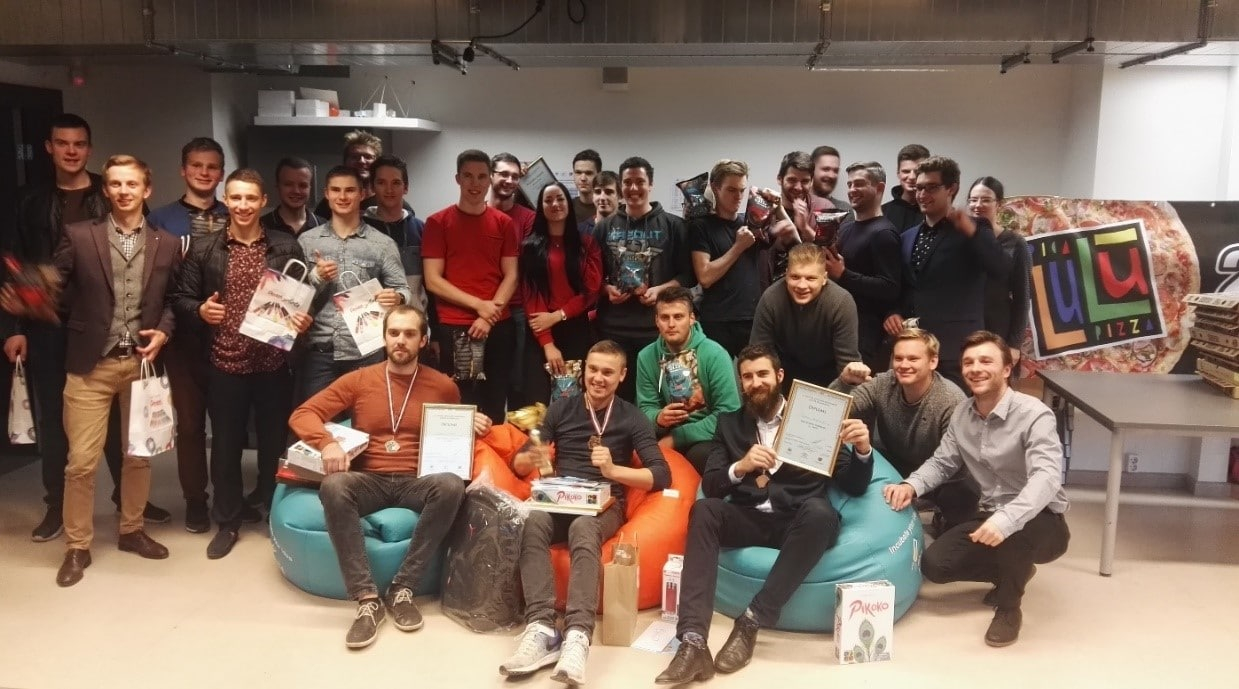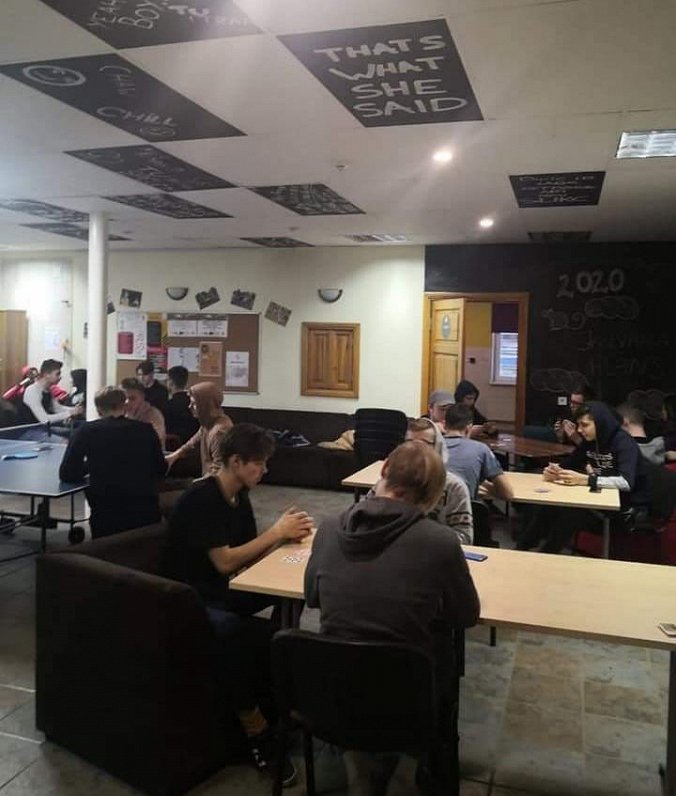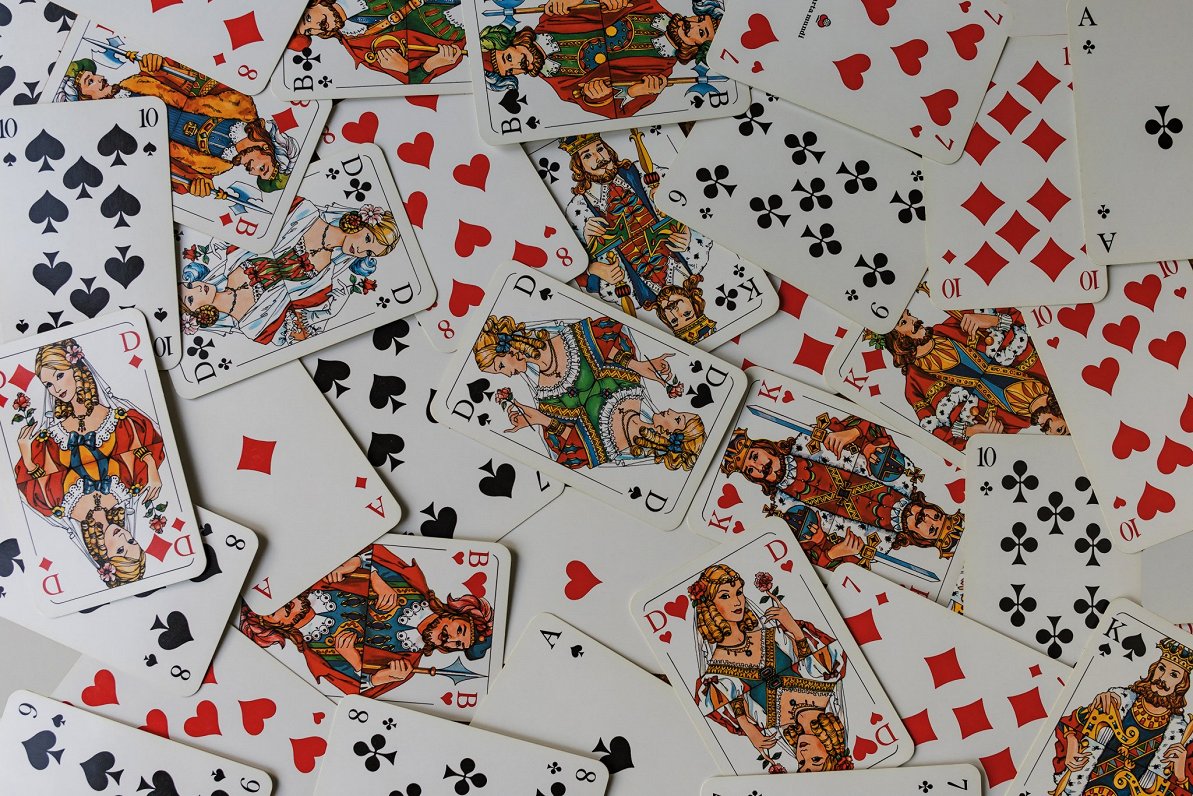IN SHORT:
My and our culture
The intangible cultural heritage (NKM) is a part of Latvia’s cultural and historical heritage. It reflects the cultural traditions of Latvia and has inherited knowledge, skills, values and patterns of action, such as various traditions of making music, weaving and knitting skills, catching and processing lamprey, traditional cuisine, as well as entire cultural spaces, such as Liv. The most active representatives of the communities apply their values to the Latvian National Cultural Center.
The first associations with Latvia’s cultural heritage, mentioned by the people of Latvia themselves, are various architectural monuments, such as the Freedom Monument and Rundāle Castle, as well as annual traditions, such as the celebration of Christmas or various literary works.[1] “The inclusion of the board game insole in the Latvian NKM list may surprise or even cause confusion, but in my opinion, it invites to look more closely at what the NKM list is and how the NKM list is being created,” says Ieva Tihovska, a researcher at the University of Latvia’s Latvian Folklore Repository.
The 2018 Open Sole Championship for students at Riga Technical University
Photo: Latvian Insole Federation
–
–
As for the list, the researcher points out that it is important to understand that it is not dictated and decided by politicians or researchers. “Also, a part of the society may feel that the list of NKM should include only the oldest possible traditions, which are rooted in the 19th century lifestyle of Latvian farmers,” says Tikhovska. She emphasizes that the view of folklore and NKM can be much broader and that the initiative of the communities of practitioners themselves is crucial. In the case of the insole, this is exactly what has happened.
A game with a Latvian mentality
This autumn, the insole took a place in the NKM list together with, for example, the traditions of knitting Latvian ethnographic gloves and the skills of blowing glass. Now NKM sarakstā a total of 30 elements were included, while the tradition and symbolism of the Song and Dance Festival in Estonia, Latvia and Lithuania, as well as the Suiti cultural space were added to it historically. Both of these values are also included in the UNESCO Intangible Cultural Heritage List. Mārtiņš Plēsums, a representative of the Latvian Insole Federation (LZF), who applied for the insole to the NKM list, points to the elements of the game that, in his opinion, also allowed to see the features of Latvia’s cultural giants in the insole game. “In today’s fast-paced digital age, there are a lot of people who look for simple entertainment and games on a daily basis, but the insole attracts those who want to get tense and think. The insole conceptually attracts people who are looking for something a little more in their lives. It is not a simple game, it requires some effort, ”says Plēsums.
“The second reason is that the insole mentality is similar to the Latvian mentality – one plays against several. In a way, it’s an individualist game. “
The exact origin of the insole is not known, however, the rules of the game currently used are published in the book “Insole in Latvia and in the World” published in 1996 by Andris Kolbergs, the former chairman of the Latvian Insole Game Federation. On the other hand, the president of the Latvian Academy of Sciences, Maris Vējš, explains that the forerunner, the forerunner of the insole in the game tree, was first mentioned in the 1931 book “Card Games” by German chess player, mathematician and philosopher Emanuel Lasker. “During free Latvia, the game of insoles was also associated with spicy events, as it was once played by General Jānis Balodis. [Balodis bija pirmais ģenerālis nacionālajā Latvijas armijā – red.] The roots of the game are in Germany, but in the way of evolution, as is often the case with languages and other cultural features, the insole became exactly the national game of the Latvian mind, ”says Vējš.
Mission to save the game for future generations
According to current estimates, about 200,000 people play insoles on the Internet. The rumor indicates that this is a conservative estimate, because even a little over five years ago, in 2016, the lowest measurement indicated about 250 thousand players. “Many play anonymously, so it is difficult for the gaming industry to determine the exact number of players on the Internet. It should also be taken into account that with the pandemic there were significantly more players left. ” In turn, there are about four hundred game professionals who are competing for prizes in the official tournaments of LZF. Game competitions can also be divided into two types of events. One of them is the Latvian championship, and it even follows a certain dress code. Vējš is especially proud of this, who emphasizes that the Latvian championship must follow stricter principles related to visual clothing than going to the opera today. Namely, it is not desirable for a player to come undressed in a suit or evening dress. “We show respect for the game,” explains the president of LZF, “as it was in the Officers’ Ball in the times of free Latvia.”
At the same time, preserving the heritage does not just mean looking at the past, and everyday insoles are more like sports competitions.
“The real mission is to save the game for future generations,” says Wind. Therefore, LZF in cooperation with the Sports Association of Latvian Higher Education Institutions has been organizing the Latvian Open Championship for Students for several years at Riga Technical University. The wind shares hopes of hosting a championship for university teams after the Covid-19 pandemic. “It simply came to our notice then. Then, for example, the University of Latvia could play against Riga Technical University. ”

The 2018 Open Sole Championship for students at Riga Technical University
Photo: Latvian Insole Federation
–
–
In addition, according to Ieva Vītola, a researcher of traditional culture, insoles play not only in Latvia, but also in many parts of the world in the Latvian diaspora. “For example, Latvians meet in Latvian houses and camps. Almost every foreign Latvian plays the insole at various events – the court, the older and middle generations. They know and play the sole and tend to think that it is such a Latvian thing, ”says Vītola. Meanwhile, Gita Lancere, an expert in intangible cultural heritage, emphasizes that the existence of such a heritage creates a sense of belonging to one’s community – family, place or perhaps a nation. “Due to social change, some knowledge and skills may disappear if the people who are the bearers of that knowledge and skills disappear. The community itself has the greatest role to play in preserving and passing on the NKM, ”adds Lancere.
National mind game
The break in in-game tournaments created by Covid-19 has led its enthusiasts to turn the place they earn in the Intangible Cultural Heritage List into a motivation to get a ticket to the Olympics as well. “The Brain Games are generally preparing for the Olympics. As the International Olympic Committee has recently recognized the sport as a sport – and we have a similar mind game by analogy, the insole could join as a second card game that is also recognized as a sport, ”says Vējš.
At the same time, insole players are proud of the importance of ingenuity, strategy and especially human factors in their play. “In many ancient games, the computer is now playing a person who may be the champion. He doesn’t even have a chance against a program on the phone, “adds Vējš. Indeed, as early as 1996, the global media reported that the IBM computer had entered the history of chess, playing the best chess player in the world at that time. At that time, no device had defeated people in chess by playing according to traditional rules.
Swap phones for board games
The insole in the Plēsums family of the LAS representative itself has also been passed down from generation to generation. As a child, his parents and grandparents played it in the countryside, but later, in sports training camps, he became passionate about the game in his free time, as he says, together with his comrades. In high school, the boy also taught the sole to his schoolmates, and it became a common activity in between classes.

Before the pandemic, young people play insoles at the Kuldiga Youth House
Photo: Adrians Dravnieks
–
–
Adrians Dravnieks, an employee of the Kuldīga Youth Home, also remembers the game of insoles between schools, and now he teaches it to young people to reduce the time spent on the phones. Dravnieks adds that when working with children whose social conditions are not so good, one should try to create excitement without involving money in the game.
“Most of us come from children at social risk. These are street children who do not go to school, who also have problems with school, who may be smoking and drinking alcohol, ”says Dravnieks. “One of the goals is to create an environment – a young man.”
He says that there are also professional insole players in Kuldiga, who have invited young people to teach the sole in order to stimulate interest in games that take place outside the social network “Snapchat” or video games “Xbox”. “Organizing insoles reflects my efforts to show today’s young people that there are other games,” says Dravnieks.


